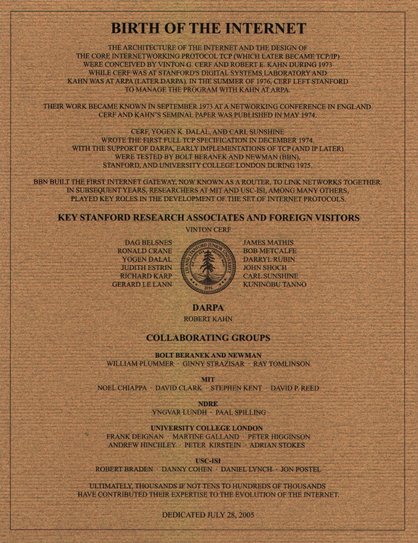Neuromancer: 25 years later
How close are we to William Gibson's bleak prophecies?
Videogames and the wildly popular arcade scene played an important role in the formation of the cyberpunk ethos as well, helping Gibson formulate what would become his most powerful trope of all: cyberspace. The word “cyberspace” was first used by Gibson in his short story Burning Chrome in 1982, but came to full prominence in Neuromancer:
"The matrix has its roots in primitive arcade games," said the voice-over, "in early graphics programs and military experimentation with cranial jacks… Cyberspace. A consensual hallucination experienced daily by billions of legitimate operators, in every nation, by children being taught mathematical concepts... A graphic representation of data abstracted from the banks of every computer in the human system. Unthinkable complexity. Lines of light ranged in the nonspace of the mind, clusters and constellations of data. Like city lights, receding..."
To Gibson’s visionary imagination, videogames were the gateway to cyberspace and the ultimate integration of mind and media. In aninterviewwith Larry McCaffrey of the Mississippi Review, this is how he described the origin of cyberspace:
“[I got the idea from] watching kids in video arcades. I was walking down Granville Street, Vancouver's version of The Strip. Video games weren't something I'd done much, and I'd have been embarrassed to actually go into these arcades because everyone was so much younger than I was, but when I looked into one, I could see in the physical intensity of their postures how rapt these kids were. It was like one of those closed systems out of a Pynchon novel: you had this feedback loop, with photons coming off the screen into the kids' eyes, the neurons moving through their bodies, electrons moving through the computer. And these kids clearly believed in the space these games projected. Everyone who works with computers seems to develop an intuitive faith that there's some kind of actual space behind the screen--when the words or images wrap around the screen you naturally wonder, "Where did they go?" Well, they go around the back to some place you can't see.”
Gibson swapped videogames’ rudimentary joysticks and buttons for a hardwired link connecting mind to data, and replaced their simplistic 2D graphics with 3D virtual reality and sim-stim, or sensory data projected directly from one person to another. At heart, his “console cowboys” were gamers, though the stakes were much higher. A wrong step in the matrix could kill you. Ironically enough, Gibson didn’t even own a computer when he wrote Neuromancer - he typed the whole thing on a regular old clunkymanual typewriter. He further credits his lack of computer ownership with unburdening his imagination from the realm of what was strictly possible, and admits to being underwhelmed with real computers when he did finally get a hold of one. Gibson describes his disappointment in the following interview, from the 1990 documentaryCyberpunk.
As videogames and personal computing saturated popular culture, cyberpunk’s notions of neural implants and jacking into the matrix proved irresistible. Neuromancer turned cyberpunk from a fringe concept to a full-fledged cultural force. Even if the mainstream didn’t know exactly what cyberpunk was, it was always there, seething under the surface with sinister prognostications about the direction we were headed. As the 80s wore on, Gibson followed Neuromancer with Count Zero (1986) and Mona Lisa Overdrive (1988). which became known collectively as the Sprawl trilogy (named after the Boston-Atlanta megalopolis that figures in all three books).

Sign up to the GamesRadar+ Newsletter
Weekly digests, tales from the communities you love, and more


